Ruben Horbach is the founder of WizKid, an Internet of Things startup, and a graduate student currently writing his thesis to finish his Communication & Multimedia Design study.
He is a speaker on emerging technologies. Here is how Ruben describes the current landscape:
“People are flooded by information about new consumer technologies. We see an enormous rise in the amount of articles in today’s newspapers. Futuristic devices such as interactive smart TV’s, smart thermostats and wearables target a broad audience. Consumers, companies & governments however, often fail to see the big picture. I aim to connect the futuristic world with practical applications for consumers.
The Internet of Things as an emerging global Internet-based information architecture facilitating the exchange of goods & services is gradually developing. More ubiquitous devices are embedded in our daily lives, serving us in a broad range of purposes in everyday life from: personal healthcare to home automation.
By 2015 there will be 25 billion autonomous internet-connected devices, with sources estimating 50+ billion by 2020. To get a better understanding on how the number of connected devices will increase & how big the potential market is, it is worth considering some high-level, macro-economic trends & statistics. Ericsson estimates that by 2020 there will be 3 billion internet subscribers with sufficient means to buy information on a 24-hour basis to enhance their lifestyles & improve personal security. It is expected that in mature markets these customers will typically possess between 5-10 connected devices each.”

Biohacker Summit:
How did you get interested in biohacking?
Ruben Horback:
I basically rolled into a singularity biohacking project because of my girlfriend. I was enthusiastic about getting an NFC tag implant after meeting one of the advisory board members from her workplace. He had one in his arm & we clicked so we had a couple brain-storming meetings & he proposed that I could have one as well.
Afterwards we decided that we should make it into a project to see what kind of practical functionality we could think up with for implant technologies. I started to speak at several conferences about it & we chipped a lot of people – About 40 by now!
People were quite enthusiastic & we are now linking several meetups, companies, designers, teachers, students, programmers – people from all different disciplines, in order to figure out what we can do with implanted technologies in the big fields like: education, environment, politics, healthcare, transport, etc.
We are in the beginning of implanted technologies so it is interesting to apply it to bigger things to see what’s going to happen in the next couple years. It’s also very nice to see more people becoming interested & enthusiastic in this without them having had anything to do with biohacking before. Like we have got some people working in politics who are absolutely not nerds whatsoever, and they got a chip implant because they were fascinated with the story & the possibilities.
Though one can’t really do anything with the implants at the moment because the technology is very basic, so we are all just figuring out what is going to happen with them in the near future.
The chip we have right now is a data storage unit. It has a unique identification chip on it so in theory you should be able to open doors or access your personal computer with it, or unlock your phone. Then there’s much bigger things like in health care if you have a certain disease or you’re taking medication & you’re abroad in some kind of accident, the paramedics at the scene could basically scan your chip & immediately see what kind of disease you have & what kind of medicine you can or cannot have.
It has a lot of potential. If not this chip, then maybe the next generation chip.
Currently, the technology is a very small chip. You can compare it with a grain of rice. It’s encapsulated by a medical glass crate. If you bump your hand or arm into something it does not break. The frequency works with radio frequency waves so it’s the same as sitting in a room with an old school radio going on & off. It is not harmful whatsoever according to current understanding.

Biohacker Summit:
So would you say that an NFC chip implant is a good biohacker essential for 2015?
Ruben:
Most definitely. You can store data on it. It’s not much, but you can store something. We have one guy in the Netherlands who stored his BizCount account on it; a couple thousand Bitcoins. The potential is not storing data on it, but rather using it as an identification protocol.
For example if you are in a co-working space and there’s a conference room, when you enter you can just place your wrist next to a reader and then the conference room knows it’s you and the area will adjust to your specifications. If one of your colleagues comes in, he/she puts their chip next to the reader & the room readjusts. So the data cannot only be stored on the chip itself but also in the places you enter.
Another practical example is if you share a car with your loved ones or significant other, but you have different settings like your seat height or leg room, favorite radio channel, etc. – Instead of having to set all that up manually every time, the car knows it’s you & sets up all the preferences before you get into the car.
Biohacker Summit:
So it’s like something out of a sci-fi movie…
Ruben:
The funny thing is that Amal Grafstra from Dangerous Things who invented the chips has been able to unlock his car since 2005 I guess … so a pretty long time ago.

Biohacker Summit:
You just recently started getting familiar with biohacking a few months ago in September 2014, do you have any words of wisdom to share with fellow beginner biohackers?
Ruben:
Read. There are a lot of books about future technologies & hypes that are slowly transforming into trends.
Also, if you are thinking about getting a chip, don’t do it yourself. The chips come prepackaged in a sterile needle, but you have to have someone who has experience to put it in. It’s not rocket science, but I have seen some footage on the internet of those who have tried to do it themselves and it’s not a nice thing to do at all!
Biohacker Summit:
Is there a danger of someone stealing your chip which has all your life information on it?
Ruben:
Of course, but someone can also steal your wallet or your keys. I think the threshold of people actually stealing the chip is much bigger than stealing a wallet or keys, as they would actually have to chop off the person’s hand to get it.
Biohacker Summit:
So the potential of what can be done with it is much greater than the cons at this stage?
Ruben:
The potential, yes. Though what you can do with it right now is quite limited so if you wanted to tinker with it yourself at the moment, you would have to have some programming knowledge & development skills. Although from Android there are already some applications for it on the Play Store & we are moving more into a society where there’s a lot more internet-connected devices in consumer homes, so we’ll continue to see enormous potential for NFC implants.

Biohacker Summit:
What are your favorite resources on the subject?
Ruben:
One of the most interesting reads I had this year was a book by Robert Scoble & Shel Israel called ‘Age of Context’. Scoble is the founder of Rackspace a hosting company in the United States. He’s their startup liason, a start up journalist who travels the world & interviews startups. He wrote the book about the information we get pushed through our devices & how important a role this will play over the coming years.
In the book they emphasize that there will be a lot of change in technology & the way we interact with it.
Biohacker Summit:
Has your girlfriend been chipped and if you had children would you want that for them?
Ruben:
My girlfriend doesn’t have one yet, but I was discussing this with a friend the other day and she was wondering if it would be mandatory for people to get chipped at birth in a couple years. We laughed because it brings a kind of George Orwellian fear around it, but the chip is nontrackable so you can’t track it with a sattelite or something so it’s not that scary.
If there were huge pros for my kids to have it in the future, then for sure, but technology is meant to be helpful for users to reach their goals. For me right now, this techonlogy is the goal itself. I find it very cool to tinker with it and think about it, play with it. For someone who doesn’t have the same interests as me it’s not very helpful right now with the technology we have because it doesn’t solve anything.
Biohacker Summit:
A sneakpeek on what you are going to be doing in Helsinki for the Biohacker Summit?
Ruben:
Without laying everything out, I can say that I will be talking about the technology behind the chips which is NFC (Near Field Communication). I am going to be giving a lot of examples. The chip is just the tip of the iceberg of the potential. It’s the same chip that you have in your public transport card in your wallet, so the technology exists. It’s here and it’s been proven it works. It’s now just been integrated into our bodies so we can try to do a bit more with it. For me, the chip is very cool to begin with, but it’s definitely not the end.
Author: Angel Goa


Leave a Reply